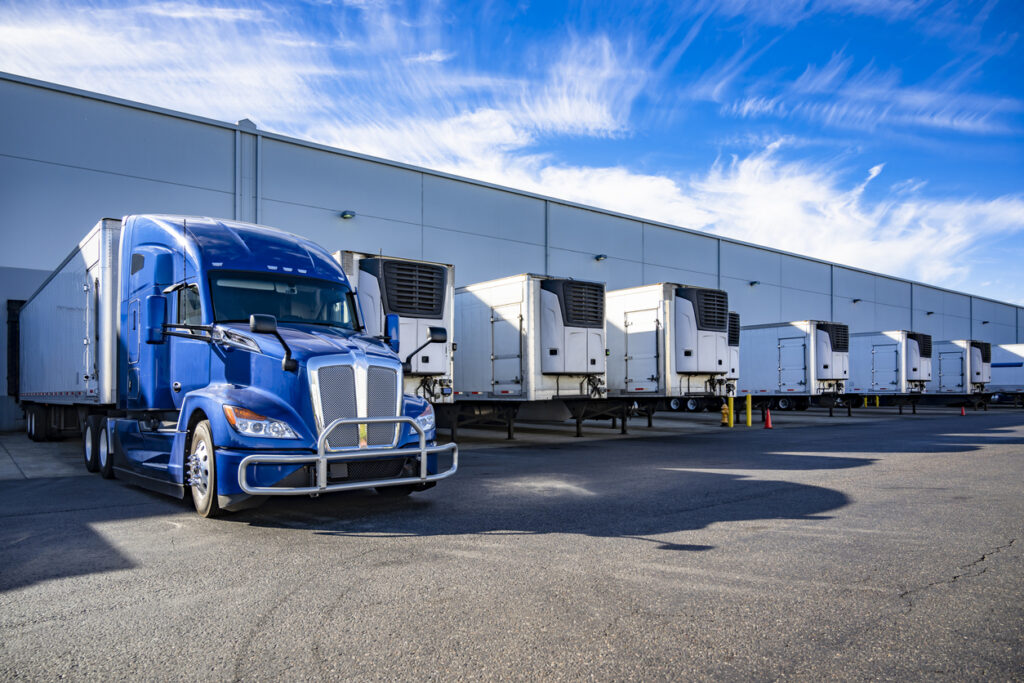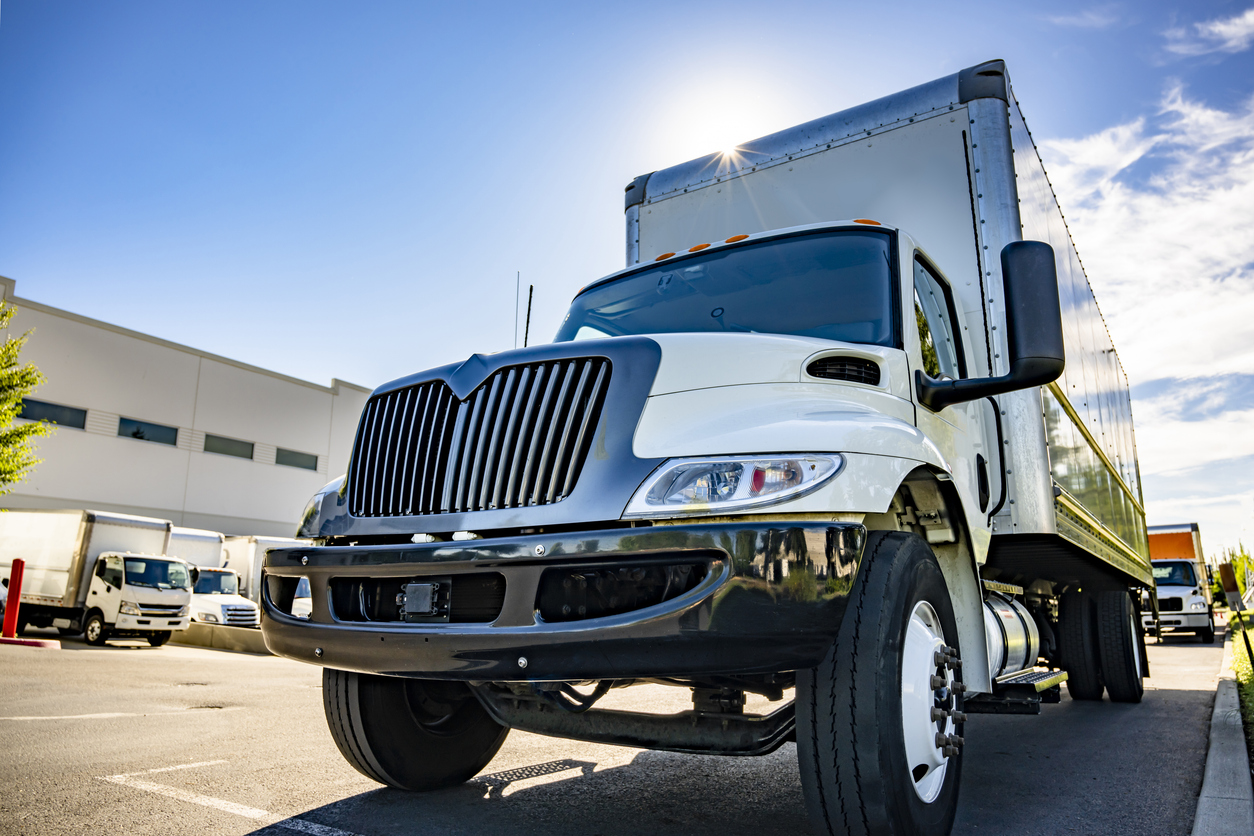To clearly understand the difference between semi-truck and truck, it’s essential to first examine their structural and operational distinctions. A semi-truck—also called a tractor-trailer, big rig, or 18-wheeler—is a combination of a powered truck (tractor) and one or more trailers that it tows. A truck, by contrast, is a standalone vehicle capable of carrying cargo without a separate trailer.
According to the Federal Motor Carrier Safety Administration (FMCSA), semi-trucks fall under a specific classification of commercial motor vehicles (CMVs) due to their weight and purpose. The cab and trailer setup means they often require special licensing and adherence to strict regulations. More details on these regulations can be found on the official FMCSA website.
Visual Characteristics Witnesses Often Misreport
When describing an accident, a witness might not know whether they saw a semi-truck or a truck. The confusion usually arises from the following overlapping features:
- Both vehicles can be large and industrial-looking
- Both may be carrying cargo
- Both are common on highways and in commercial delivery settings
However, the presence of a trailer that can detach is the key visual cue for identifying a semi-truck. A box truck, dump truck, or flatbed truck—while potentially large—are examples of trucks and not semi-trucks. Understanding the difference between semi-truck and truck helps clarify the type of vehicle involved in an incident.
For further explanation, the article What Is the Difference Between a Semi-Truck and a Truck? provides detailed insights into these differences.
Why This Distinction Matters in Legal and Insurance Investigations
Accurate witness statements play a pivotal role in post-accident investigations. If a witness describes a “truck” when it was, in fact, a semi-truck, investigators may miscalculate weight estimations, stopping distance, or potential driver fatigue factors. The National Highway Traffic Safety Administration (NHTSA) outlines specific crash reporting fields for large trucks that apply only to semi-trucks. Their official guidelines can be reviewed at NHTSA.gov.
Therefore, distinguishing the difference between semi-truck and truck is not just semantic—it shapes how the event is documented and resolved.
Licensing Requirements Indicate Operational Differences
Drivers of semi-trucks typically require a Commercial Driver’s License (CDL) and undergo specialized training. This is not always the case for standard trucks under a certain weight. For witnesses, this may seem irrelevant, but from a legal perspective, it’s critical. The kind of vehicle impacts driver qualifications, hours-of-service rules, and vehicle inspection obligations.
If a semi-truck is incorrectly reported as a simple truck, enforcement of regulations under the FMCSA’s Part 395 Hours of Service may be overlooked. This again illustrates how subtle errors in identifying the difference between semi-truck and truck can affect legal outcomes.

Legal Liability and Commercial Responsibility
In accidents involving a semi-truck, liability often extends beyond the driver to include the freight company, leasing entity, or third-party maintenance provider. This is not always the case with ordinary trucks, especially if privately owned. When witnesses accurately convey the vehicle type, it helps determine the chain of liability.
In one case highlighted by Swenson & Shelley, a key factor in a successful legal outcome was the ability to prove the vehicle involved was a semi-truck operated under a commercial carrier’s authority—see their blog post here.
Traffic Laws Treat Semi-Trucks Differently
Understanding the difference between semi-truck and truck also helps when considering applicable traffic laws. Semi-trucks have different turning radii, braking distances, and blind spots. States often restrict where these vehicles can travel or how they maneuver in urban zones.
Witnesses who identify a wide-turning vehicle with multiple axles as simply a “truck” may unintentionally misrepresent a traffic law violation or clearance problem. The Department of Transportation (DOT) provides detailed freight and vehicle data, which can be found on their site at ops.fhwa.dot.gov/freight.
Crash Scene Dynamics Differ by Vehicle Type
Semi-trucks have a higher center of gravity and longer stop time due to their cargo loads. This affects:
- The likelihood of jackknife incidents
- Rollover risks
- Underride collisions
Witnesses who understand these dynamics are more likely to provide accurate assessments of what happened. The difference between semi-truck and truck can explain why an accident unfolded in a particular manner.
Insurance Claims and Coverage Differentiation
Trucks and semi-trucks are insured under vastly different policies. A semi-truck may have layered coverage for the tractor, trailer, and freight. A basic delivery truck may have standard commercial auto coverage. Witness testimony that helps identify the vehicle class can determine claim value or whether the right insurer is being contacted.
In commercial litigation, proving the difference between semi-truck and truck can influence settlement negotiations and court evaluations of negligence.
State Laws and Reporting Protocols
Most states require specific reporting if a semi-truck is involved in an accident. Law enforcement uses different codes and checklists for these vehicles. If a witness misidentifies a vehicle, it may trigger the wrong investigative process or exclude critical inspection protocols.
Knowing the difference between semi-truck and truck makes witness accounts more useful and reliable for state investigators.

Role of Vehicle Weight in Determining Accident Severity
Semi-trucks can weigh up to 80,000 pounds when fully loaded, drastically more than most commercial trucks. Witnesses should be aware that the physics of impact, road conditions, and visibility are all influenced by weight class. Proper identification allows accident reconstruction teams to apply accurate force models.
This reinforces how a precise understanding of the difference between semi-truck and truck directly informs case science.
Vehicle Markings and Regulatory Stickers
A helpful way for witnesses to identify a semi-truck includes noting USDOT numbers, HazMat placards, or company logos on the tractor. These are required for many commercial motor vehicles under federal regulation. Traditional trucks may lack such markings.
Providing such information can substantiate legal claims and enhance case clarity. Understanding the difference between semi-truck and truck ensures that these regulatory identifiers are recognized and reported correctly.

When Witnesses Are Deposed or Called to Testify
In legal proceedings, witnesses may be asked to recount details months or even years after an accident. If their initial report inaccurately classified the vehicle type, it could be used to challenge credibility. Lawyers often clarify the difference between semi-truck and truck in court to ensure witness statements align with available evidence.
A well-informed witness who understands these distinctions is less likely to be discredited.
Final Thoughts: Why Clarity Helps Justice
For any accident investigation involving large vehicles, clarity and precision from witnesses can shape the direction of the case. While the terms “truck” and “semi-truck” may appear similar, their legal, structural, and functional differences are significant.
Understanding the difference between semi-truck and truck empowers witnesses to describe incidents with greater accuracy, helps legal teams assign liability properly, and ensures that justice is served through an informed, evidence-based process.

Leave a Reply